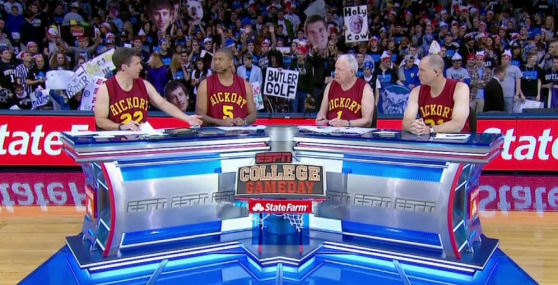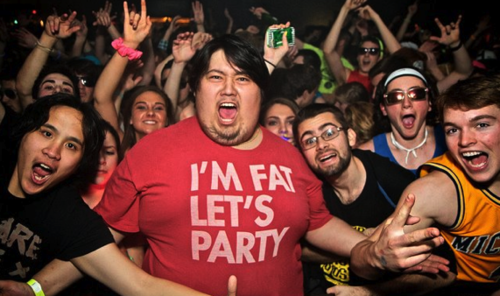The Big Ten Can’t Cure Maryland’s Financial Woes Right Away
Posted by Chris Johnson on August 15th, 2013Chris Johnson is an RTC Columnist. He can be reached @ChrisDJohnsonn.
There were two reactions when Maryland announced its move to the Big Ten last fall. First, indignant Big Ten fans cried foul and lamented the erosion of its historic Midwestern football tradition and groused about how the Terrapins could never, ever, ever be a good fit in their conference. They aren’t one of us. The other reaction, this one from a smaller strain of the national sports populace, was a grudging acceptance of why Maryland was making its move in the first place. In fact, university President Wallace Loh came right out and said it at the official press conference. Maryland was leaving the ACC for the Big Ten for one reason: money. Conversely, the Big Ten was adding Maryland for one reason: to expand its conference television network into a mostly untapped East Coast television market. In today’s college sports world, when monetary interest and potential broadcast rights bounties mesh so harmoniously, no force – not geographic interest, or cultural fit, or the total renouncement of traditional hoops rivalries – is going to stand in the way. Maryland to the Big Ten was, in the eyes of both parties, a perfect fit. No move in the recent realignment frenzy made more financial sense. There was no mystery.

It will take time, even with a lucrative Big Ten TV deal, for Maryland to improve its financial situation (Getty).
The move looked even more prudent after details emanated about Maryland’s massive athletic department budget shortfall. The Terrapins cut seven varsity sports in June 2012 due to rising costs, and moving to the Big Ten – where teams reportedly earned an average of $24.6 million payouts in Big Ten network revenue and NCAA Tournament earnings last year – seemed like a convenient vehicle to streamline Maryland back to financial stability. The premise was that the Terrapins were on their way to a more comfortable economic life in their new conference. The Big Ten was their financial panacea. Turns out, Maryland’s new conference could be inheriting a more dire financial proposition than most believed possible when the school announced its conference switch last fall. The university commission released a report earlier this week uncovering the breadth of the Terrapins’ current financial peril, and the optics are even more harrowing than last year’s money-driven conference hop implied. According to the report, the athletic department operated at a $21 million budget deficit in the past year, which is attributed to “past financial decisions” and the ACC’s denying Maryland roughly $15 million in conference revenue as part of an effort to collect the $52 million exit fee conference members had voted into place. The report also projects Maryland’s athletic department will continue to operate in the red until at least the 2017-18 academic year, more than three years into its Big Ten membership.


















































